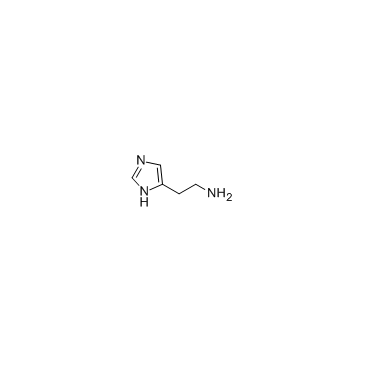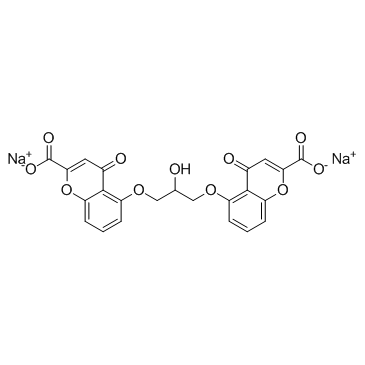| Structure | Name/CAS No. | Articles |
|---|---|---|
 |
Ranitidine hydrochloride
CAS:66357-59-3 |
|
 |
Isoflurane
CAS:26675-46-7 |
|
 |
Cetirizine Dihydrochloride
CAS:83881-52-1 |
|
 |
Lidocaine
CAS:137-58-6 |
|
 |
Histamine
CAS:51-45-6 |
|
 |
Cromolyn (sodium)
CAS:15826-37-6 |